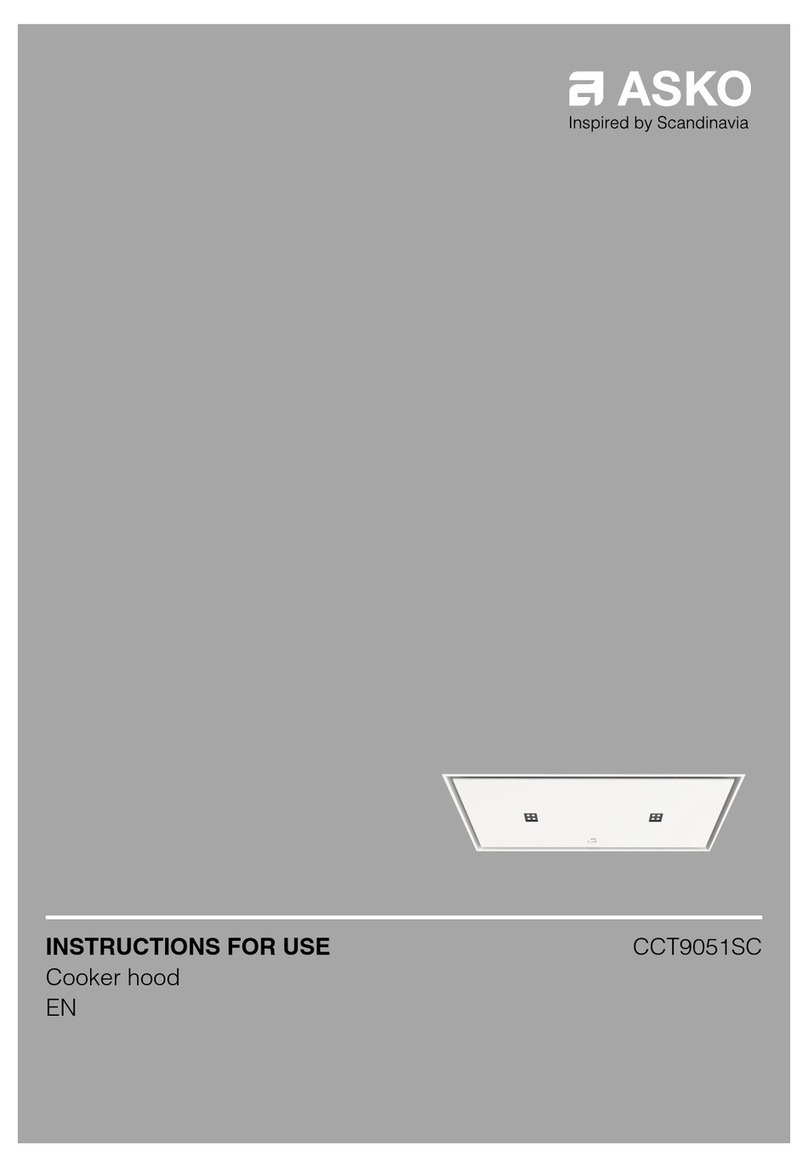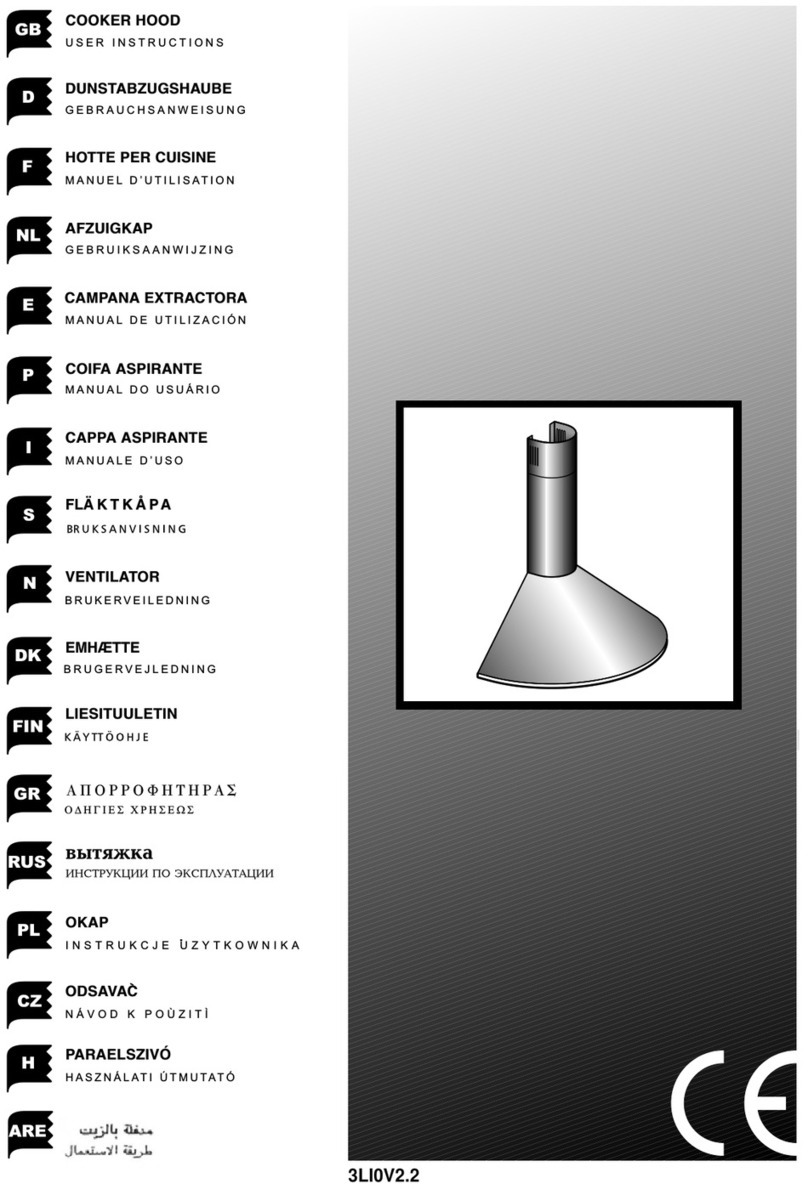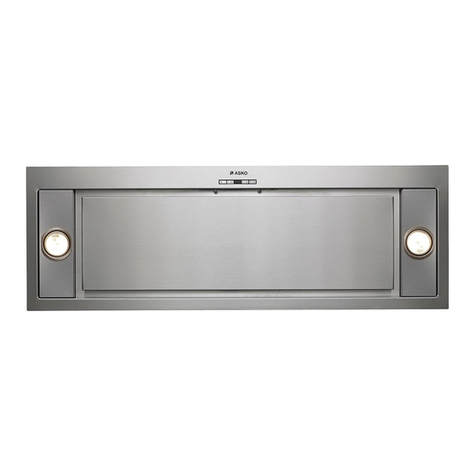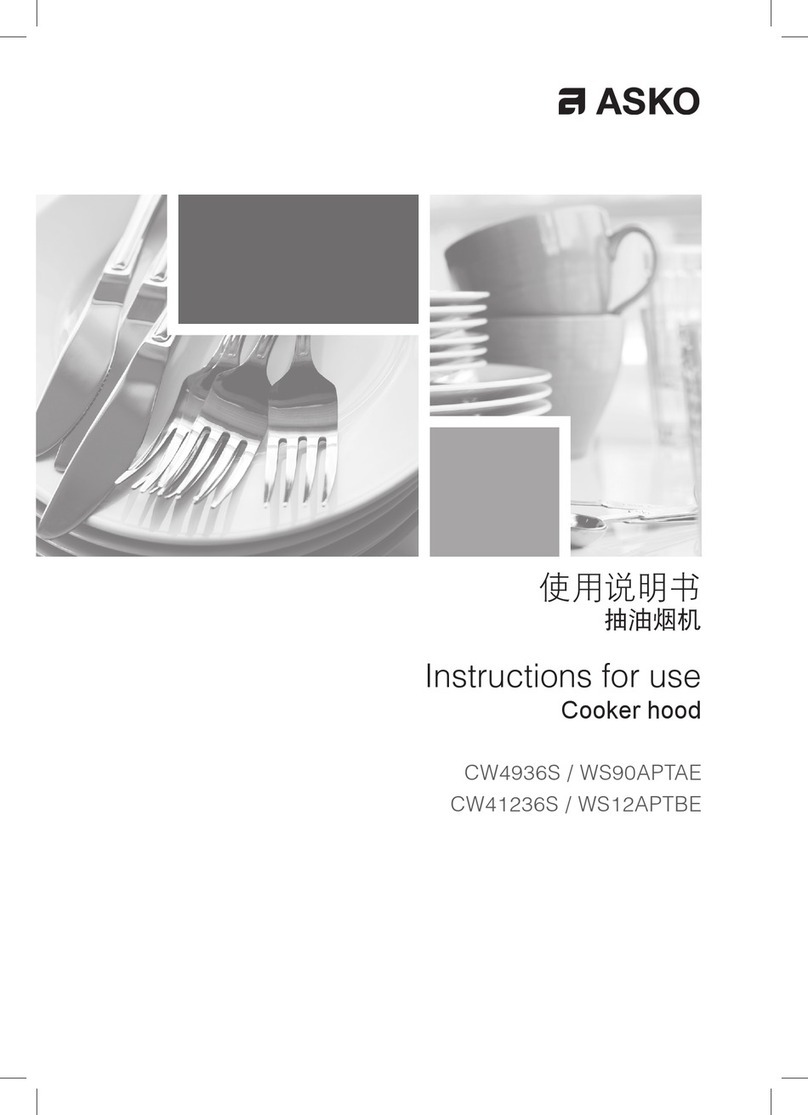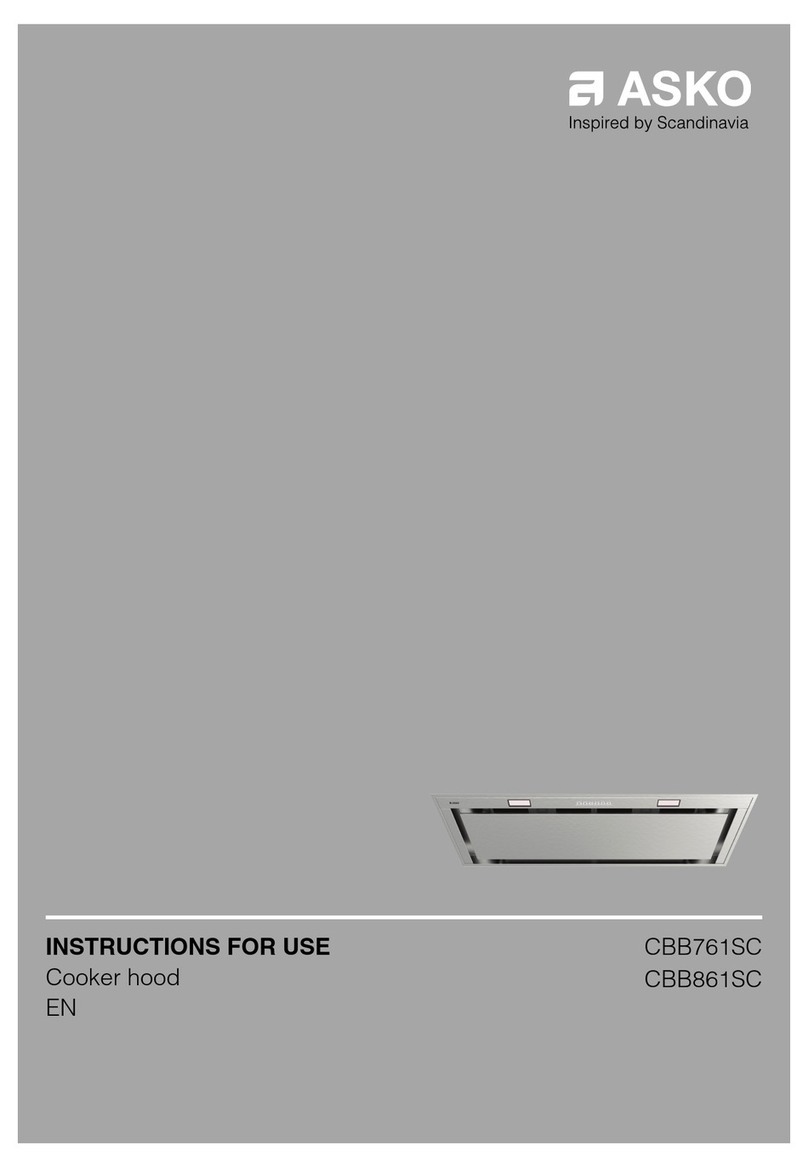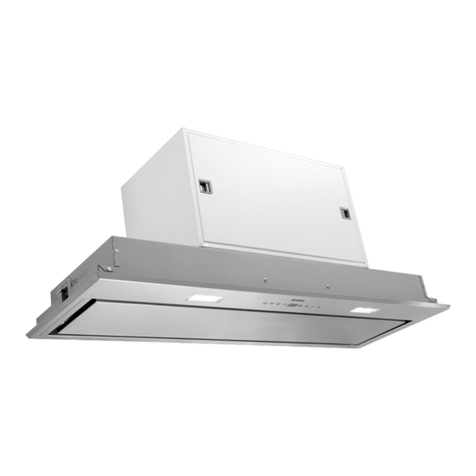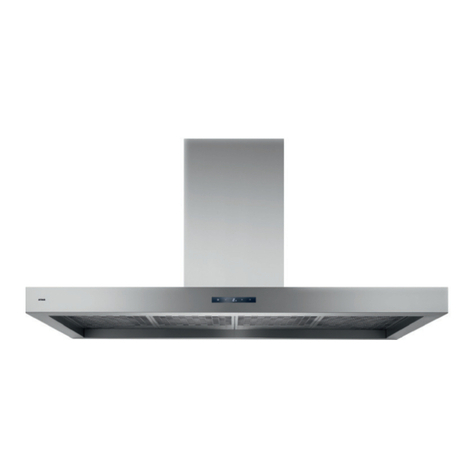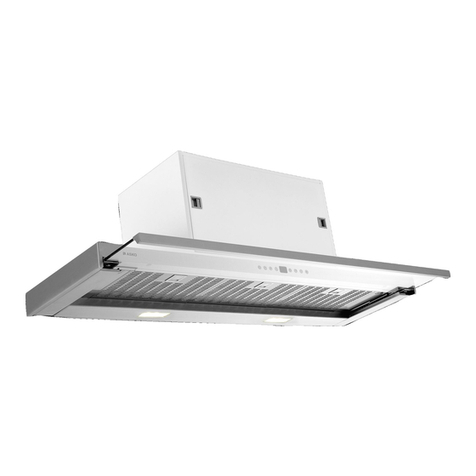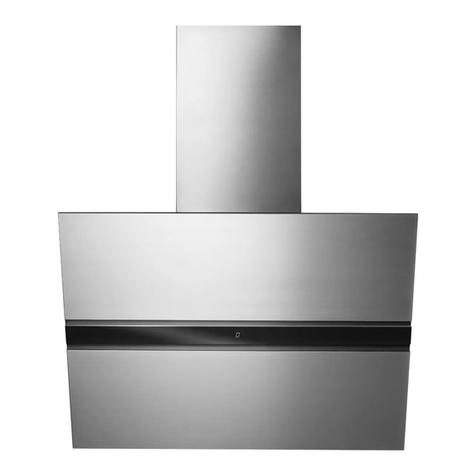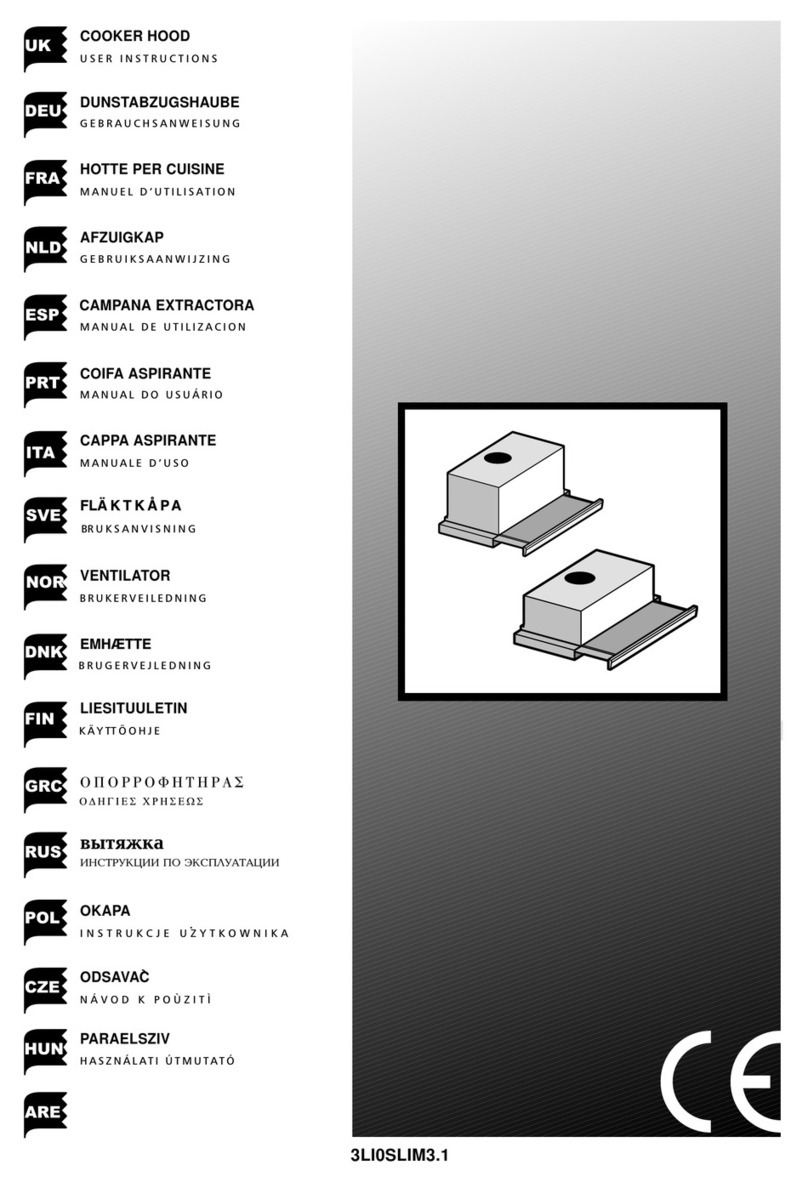Asko CW4939S/WS90FETGG User manual
Other Asko Ventilation Hood manuals
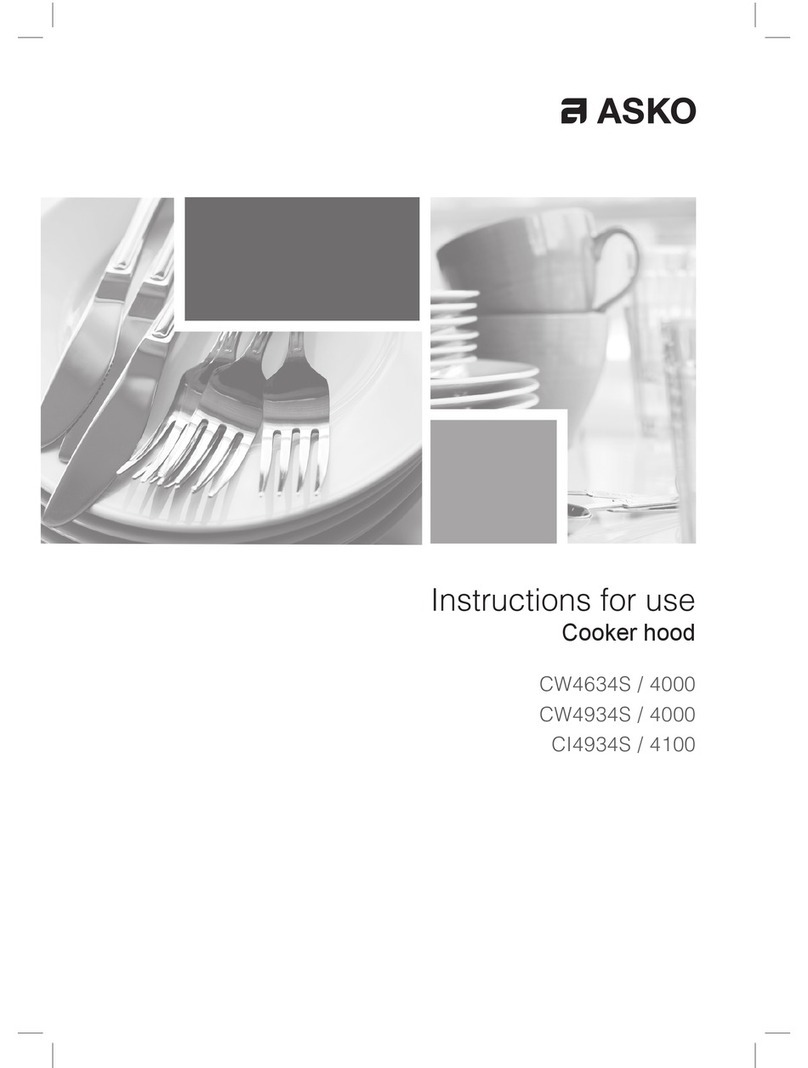
Asko
Asko CW4634S/4000 User manual
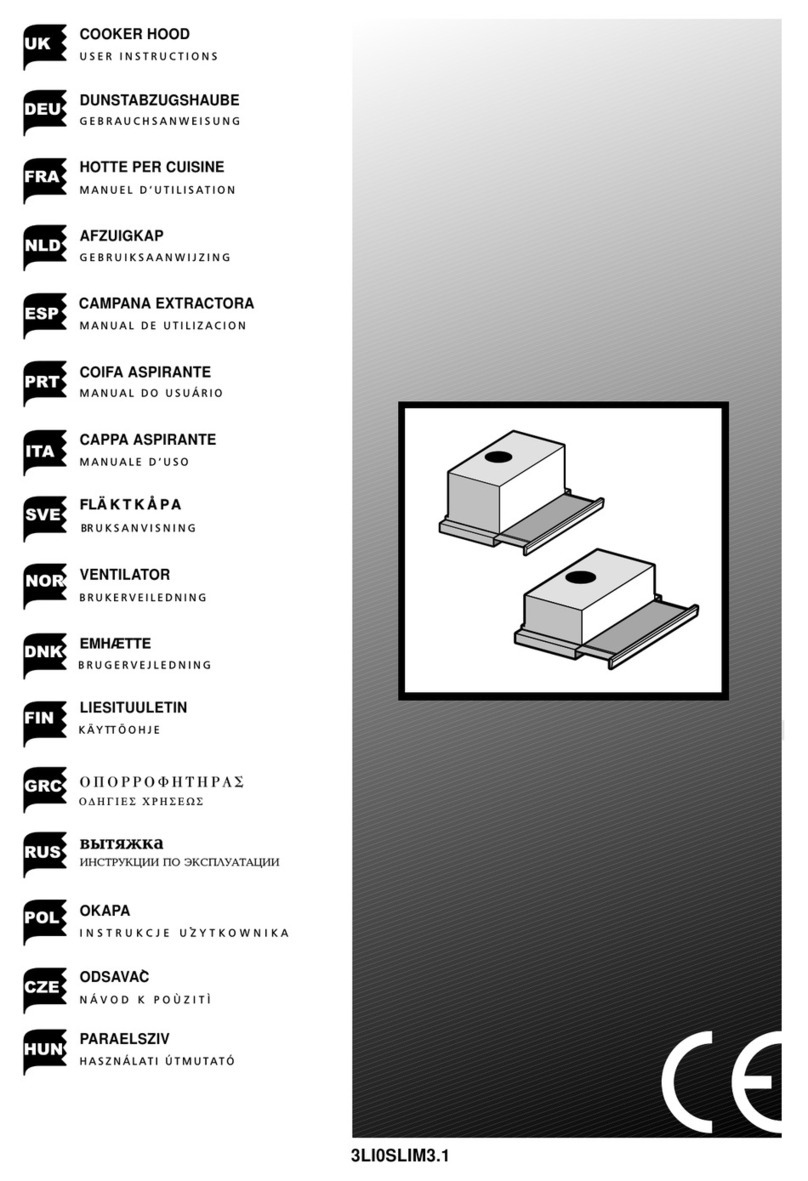
Asko
Asko EN4359RVS/E02 User manual
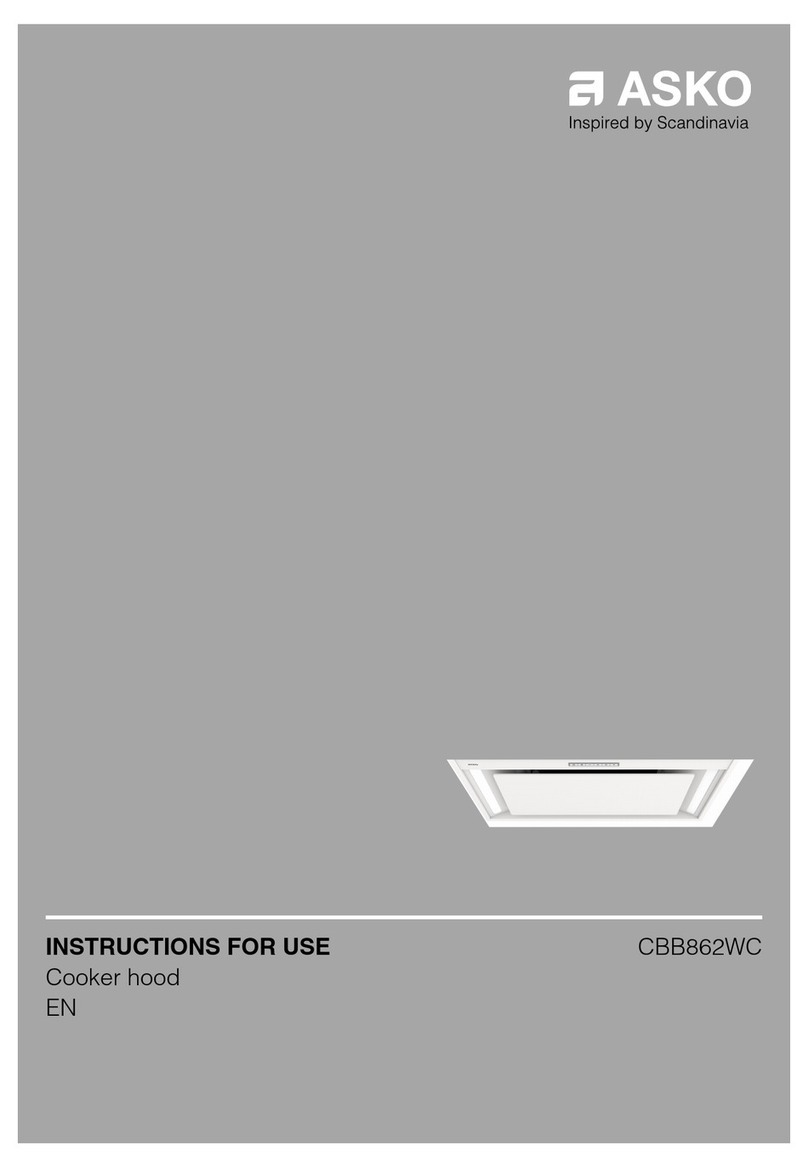
Asko
Asko CBB862WC User manual
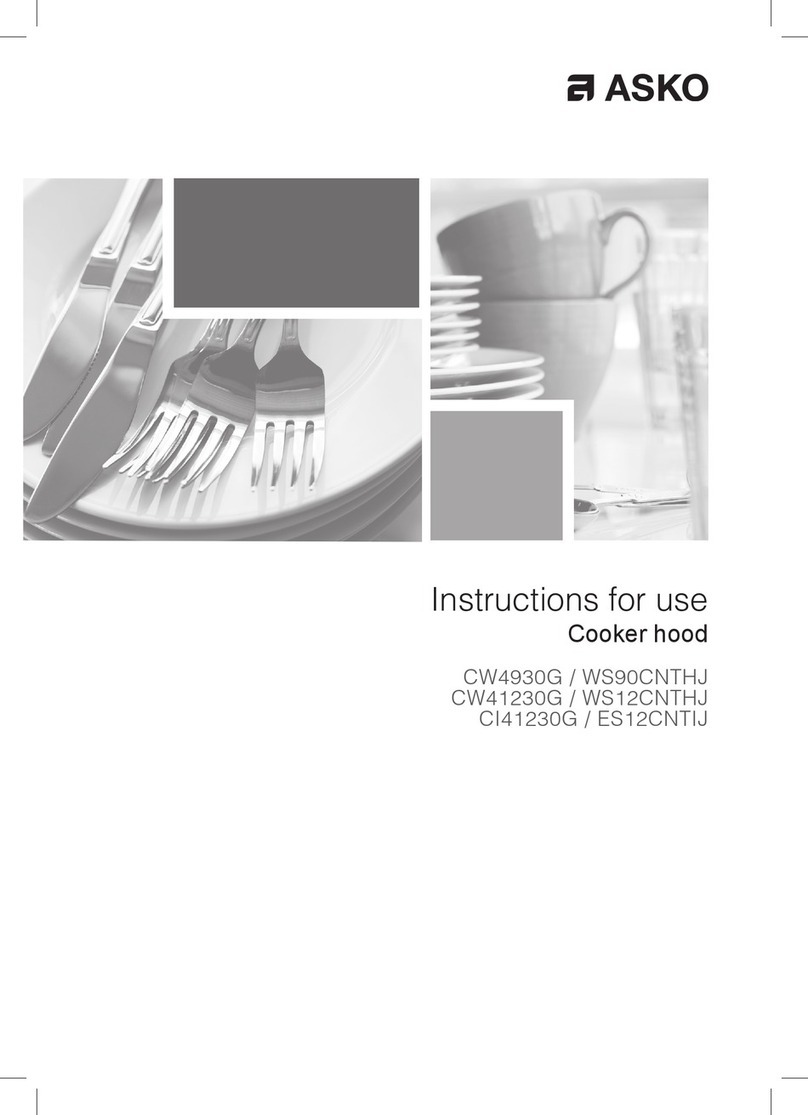
Asko
Asko WS90CNTHJ User manual

Asko
Asko CW4938GCN User manual
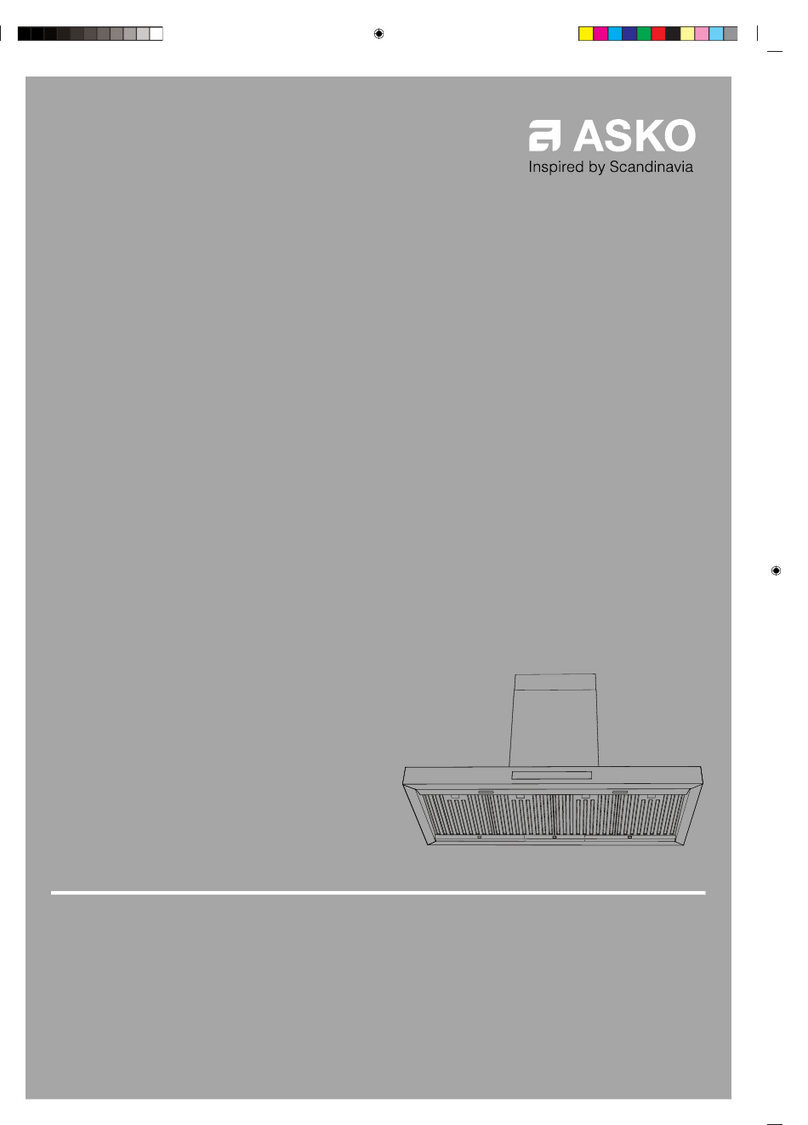
Asko
Asko CW4935SCN User manual
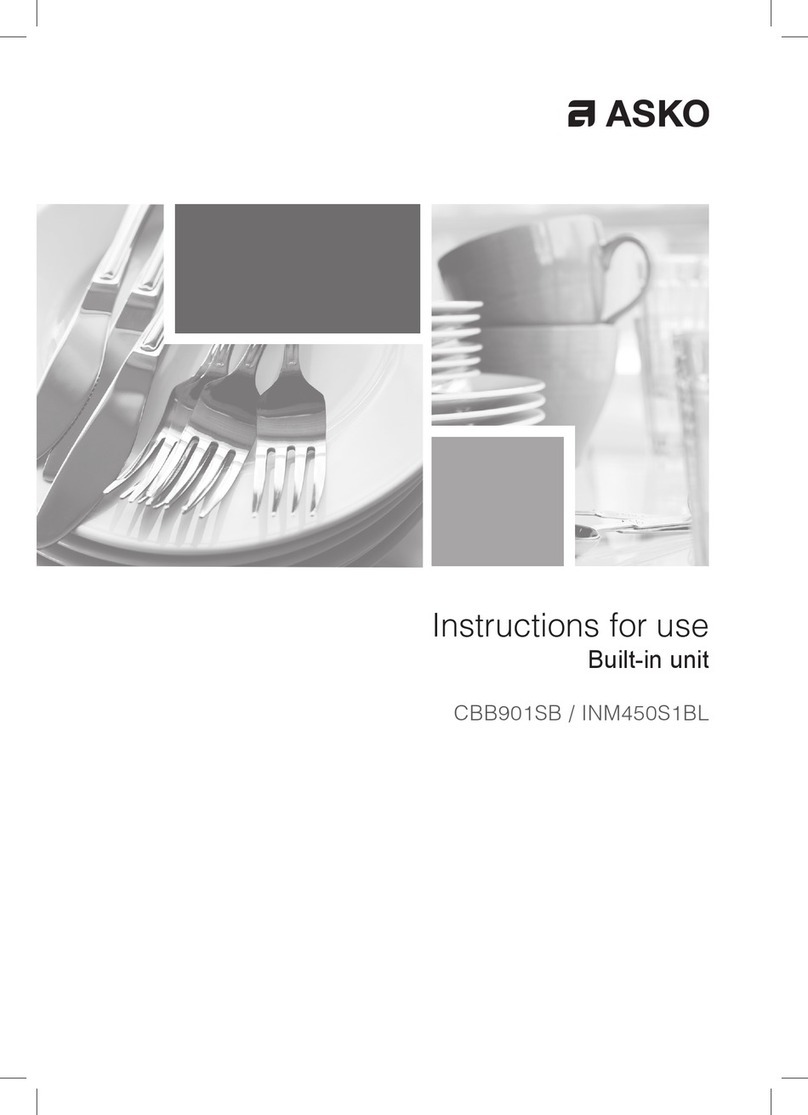
Asko
Asko CBB901SB User manual
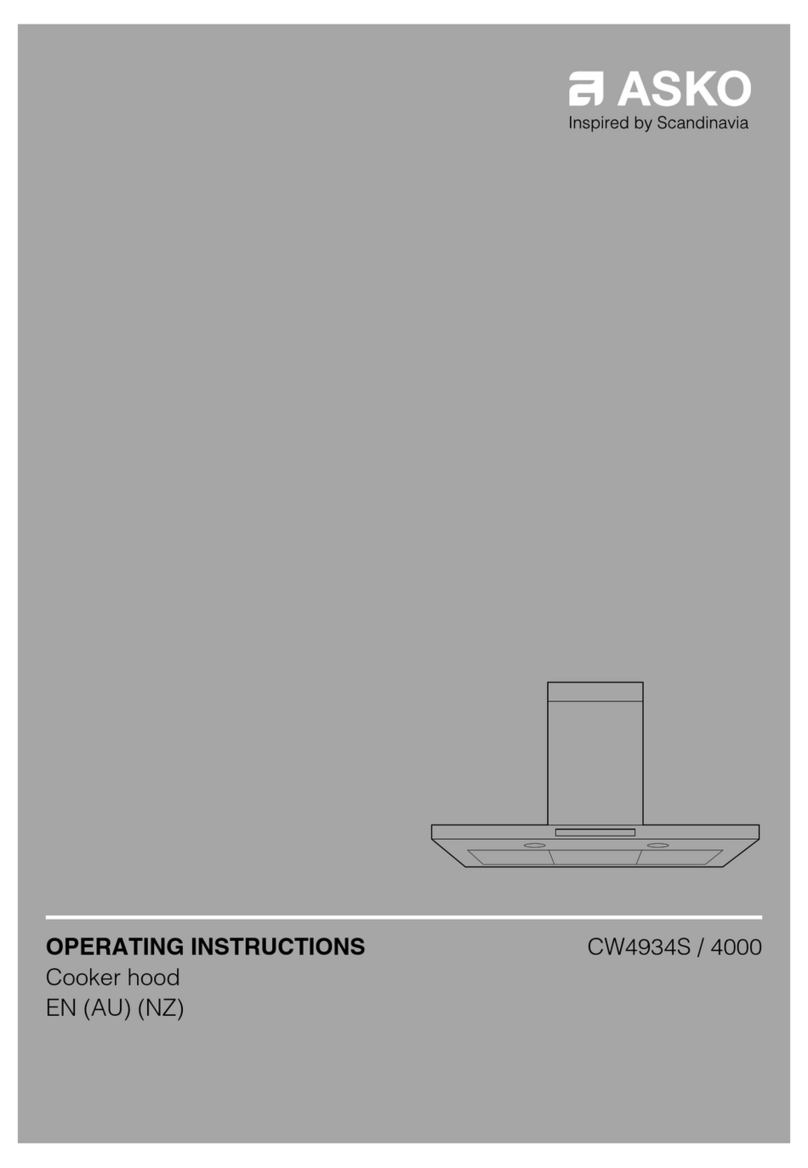
Asko
Asko CW4934S/4000 User manual
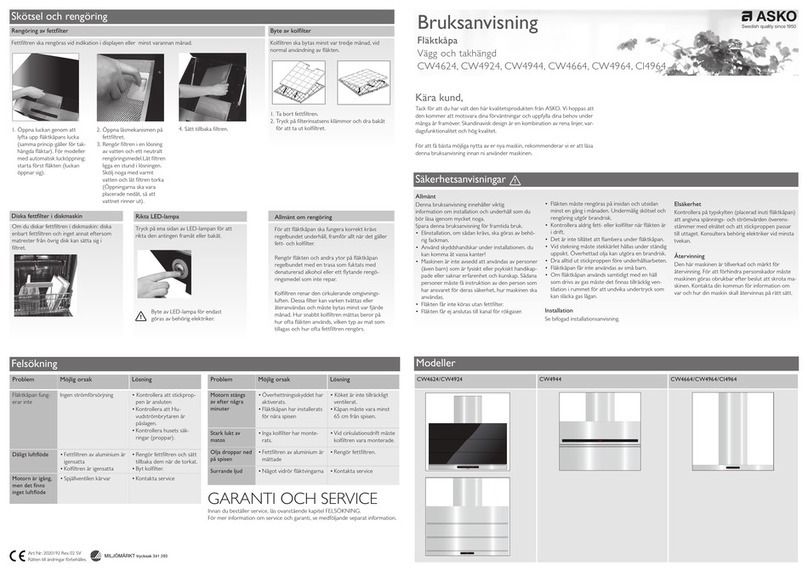
Asko
Asko CW4624 User manual

Asko
Asko ES1011QAM User manual
Popular Ventilation Hood manuals by other brands

Gorenje
Gorenje S3 IHGC963S4X manual

KOBE
KOBE ISX2136SQB-1 Installation instructions and operation manual

U.S. Products
U.S. Products ADVANTAGE-100H Information & operating instructions

Kuppersberg
Kuppersberg DUDL 4 LX Technical Passport

Framtid
Framtid HW280 manual

Thermador
Thermador HGEW 36 FS installation manual
